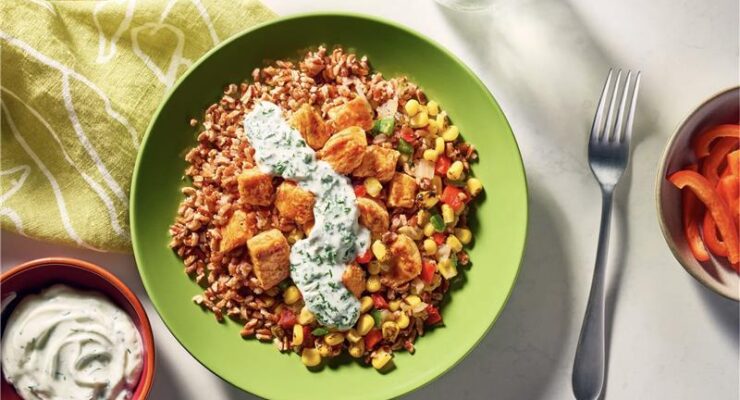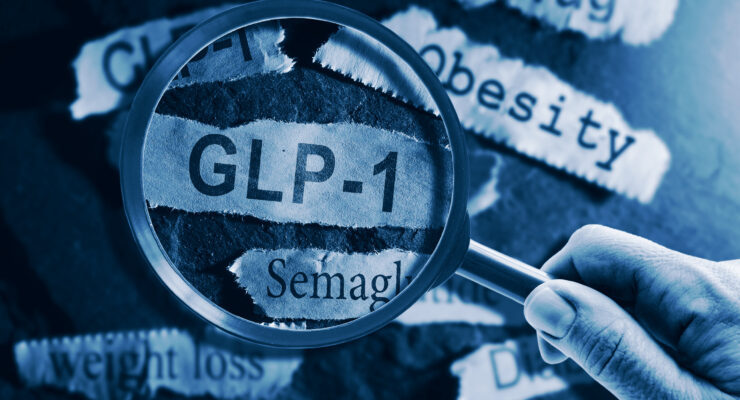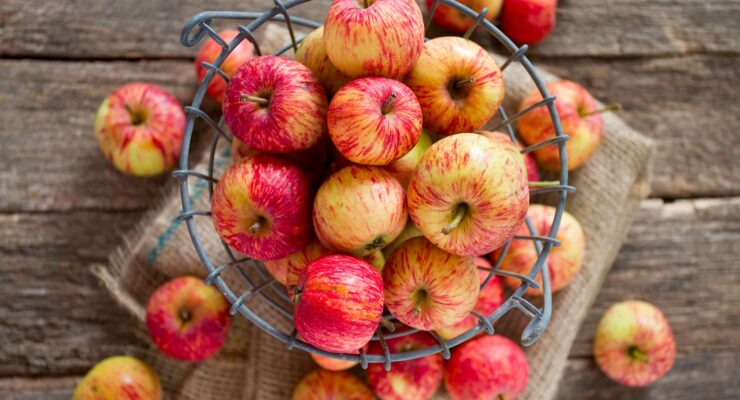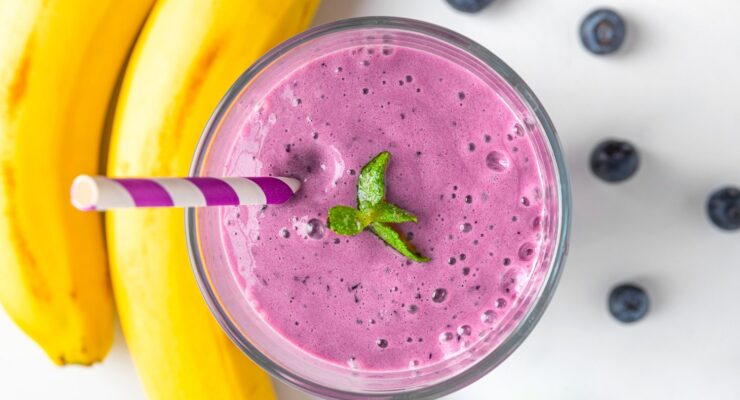Two Types of Fiber You Need in Your Diet
Article posted in: Diet & Nutrition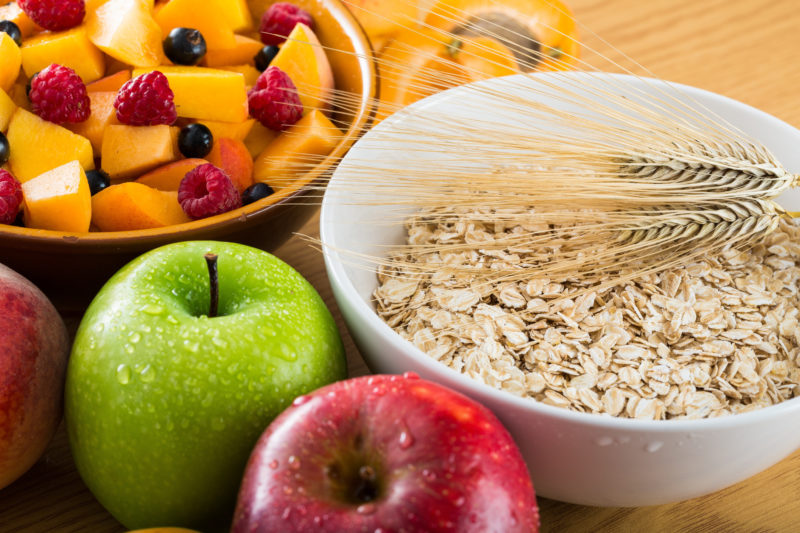
Most of us have heard that fiber is essential to a healthy diet and successful weight loss. However, not as many people understand what fiber is, the different types and exactly why it’s so important.
Here’s everything you need to know about fiber – What it does, the two different types of fiber, and how to get enough of it:
Your stomach and the rest of your digestive tract break down the food you eat so your body can take in its major nutrients—proteins, carbohydrates and fats—and vitamins and minerals. Dietary fiber comes from the parts of plants, such as cellulose and lignins, your body doesn’t absorb. Fiber gradually moves through your system, gathering up waste and anything else that’s indigestible and carrying it all out of your body.
It’s easy to see how eating fiber helps prevent constipation and similar problems.
A fiber-rich diet is also associated with a lower risk of colon cancer. Fiber’s benefits go beyond your belly. A study published in the Archives of Internal Medicine in 2015 found that people who ate a high-fiber diet (about 25 grams a day for women and 30 grams for men) were significantly less likely to die from heart disease, infectious diseases and respiratory diseases compared to those who had a low-fiber diet (10 grams per day for women and 13 grams for men).
Fiber is not only important to maintaining your overall health, it’s critical for weight loss, too.
The Nutrisystem weight loss program incorporates healthy, fiber-rich foods scientifically designed to help you lose weight. Click here to learn more >
Because it doesn’t break down, you feel full long after you’ve eaten high-fiber foods. By passing slowly through your body, fiber helps to keep your blood sugar levels from spiking, so you don’t feel hungry again soon. For these reasons, fiber content is one of the most important differences between SmartCarbs you can enjoy and unhealthy carbohydrates you want to avoid when you’re trying to shed excess pounds. Click here to read everything you’ve ever wanted to know about carbs. >
There are two types of fiber —soluble (dissolves in water) and insoluble. Most common plant foods have both, but typically one kind dominates.
Soluble fiber becomes mushy when it absorbs water, turning into a gel-like substance in your digestive system. Waste sticks to it and softens as it travels through your body. Soluble fiber also nourishes the good bacteria in your belly, which help you digest your food and are linked to a healthy immune system and even your mood. Beans and other legumes and vegetables such as carrots, spinach and sweet potatoes and fruit, especially berries and apples, are high in soluble fiber.
Insoluble fiber is often called “roughage” because it passes through your body relatively intact. It provides the bulk that slows digestion and moves waste to your bowels. Insoluble fiber also helps balance the pH (acidity) in your gut, which ensures that you can absorb the vitamins and minerals in food. Rich sources include whole grains, such as oats and brown rice, along with more fibrous vegetables like broccoli.
If all of this seems like one more thing to worry about when you’re trying to lose weight, your Nutrisystem plan has you covered. Your meals and snacks are all loaded with a well-balanced supply of both kinds of fiber—no need to think about it.
When planning your flex meals, be sure to include lots of non-starchy vegetables and follow the recommendations for the right portions of SmartCarbs. That’s all the fiber you need—and everything you need to know about both types of fiber —to stay healthy and continue to make progress to your goal.





